Who Puts the Ring on First? A Guide to Wedding Ring Traditions
Weddings are filled with tradition and meaningful rituals, and one question often arises during the ceremony: who puts the ring on first? The answer can vary based on culture, personal preference, and religious customs, but traditionally, the groom places the ring on the bride’s finger first, symbolizing his commitment and dedication. This gesture is a heartfelt moment, reflecting the love and promises made.
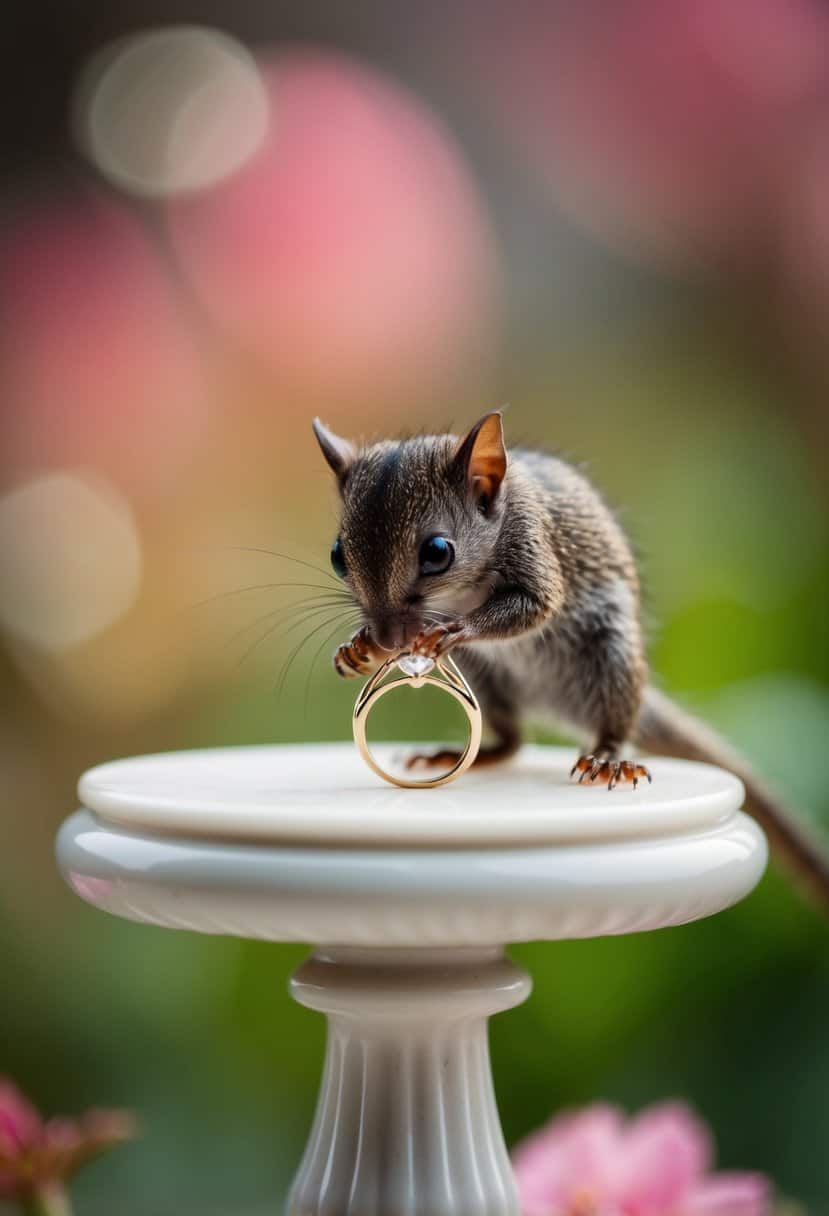
When attending weddings, you might notice different practices. Some couples follow the traditional route, while others choose a more personalized approach. This dynamic makes each ceremony unique, allowing couples to express their love in their way. Whether you stick to tradition or carve out your own path, the ring exchange remains a profound element of the wedding ceremony.
If you’re planning your own wedding or attending as a guest, learning about wedding ring etiquette can be enlightening. Understanding these customs can add depth and appreciation to the experience, making the exchange of rings even more memorable for everyone involved.
The Role of Tradition in Ring Exchanges

Wedding ring exchanges are full of meaning and tradition. Although most ceremonies follow a common pattern, the specific order and practices can vary greatly. Two key areas to consider are the cultural variations in wedding ceremonies and the historical perspectives on wedding bands.
Cultural Variations in Wedding Ceremonies
The way rings are exchanged can be unique to different cultures. In many Western weddings, the groom traditionally goes first, placing the ring on the bride’s finger. This symbolizes his commitment. However, in other cultures, such as in Hindu weddings, the bride may exchange her ring first, reflecting the belief that she is entrusting her life to the groom.
Jewish ceremonies often include a double-ring exchange where each partner places a ring on the other’s finger. Alternatively, in a traditional Chinese wedding, couples might not even exchange rings during the ceremony itself; instead, rings are often exchanged during engagement. These cultural variations show how diverse wedding customs can be, with each community bringing its traditions and beliefs to the ceremony.
Historical Perspectives on Wedding Bands
Throughout history, the use of wedding bands has evolved. Ancient Egyptians believed the circle of the ring represented eternal love. The Greeks and Romans later adopted this tradition, often using rings made of more durable materials like iron. The Romans wore their rings on the left hand’s fourth finger because they believed a vein ran directly to the heart.
During the Middle Ages, wedding bands became more ornate and symbolic, often engraved with names and messages. As time passed, different metals and gemstones came into play, reflecting the wearer’s social status and wealth. The traditional wedding ceremony of today is deeply rooted in these historical developments, carrying forward a symbol that has signified commitment across centuries.
Understanding Wedding Ceremony Order
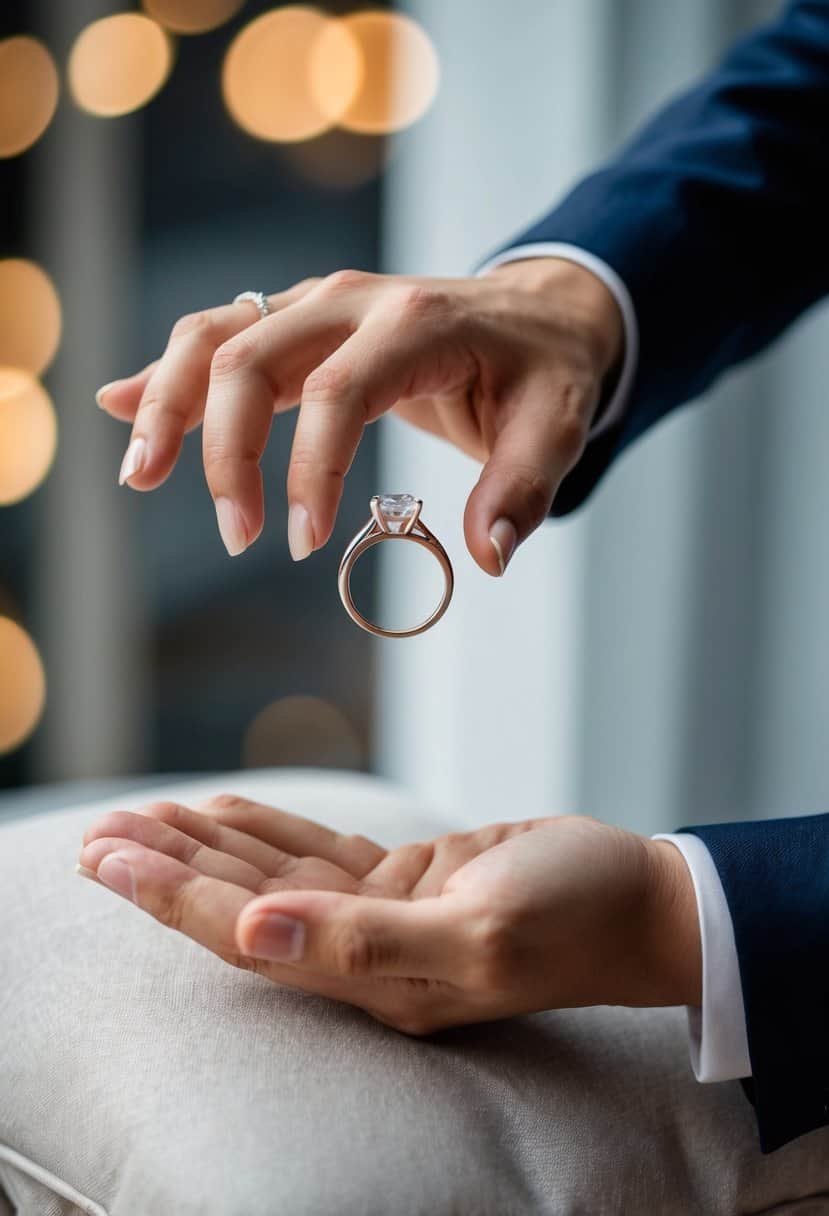
On your wedding day, the sequence of events plays a significant role. You’ll want to know what to expect, from walking down the aisle to exchanging rings. This ensures everything goes smoothly and feels special.
Typical Order of a Wedding Ceremony
The wedding ceremony order can vary, but certain parts are quite common. First, you will see the processional. This is when your wedding party walks down the aisle, often starting with the bridesmaids and groomsmen. Then comes the entrance of the bride, usually accompanied by a parent or guardian.
The officiant typically welcomes everyone and may share a few words about love and commitment. This is followed by the vows, where you and your partner share promises with each other. Then comes the ring exchange.
After the rings, the officiant may declare you married. You and your partner can then share a kiss, often to the applause of your friends and family. Finally, the recessional takes place as everyone exits, often in reverse order to the processional.
The Significance of the Ring Exchange Sequence
The ring exchange is a special moment in your ceremony. Traditionally, the groom puts the wedding ring on the bride first. This symbolizes his commitment to her and shows his willingness to love and protect her.
In some cases, personal preferences or cultural practices might change who places the ring first. For example, in some traditions, brides wear their engagement rings on their right hand during the ceremony to make space for the wedding band. This is so the wedding band can be placed closest to the heart.
Understanding this part of the ceremony adds meaning to your wedding day. Knowing the sequence of events helps ensure everything goes as planned, making the moment even more memorable.
Ring Exchange Etiquette and Guidelines
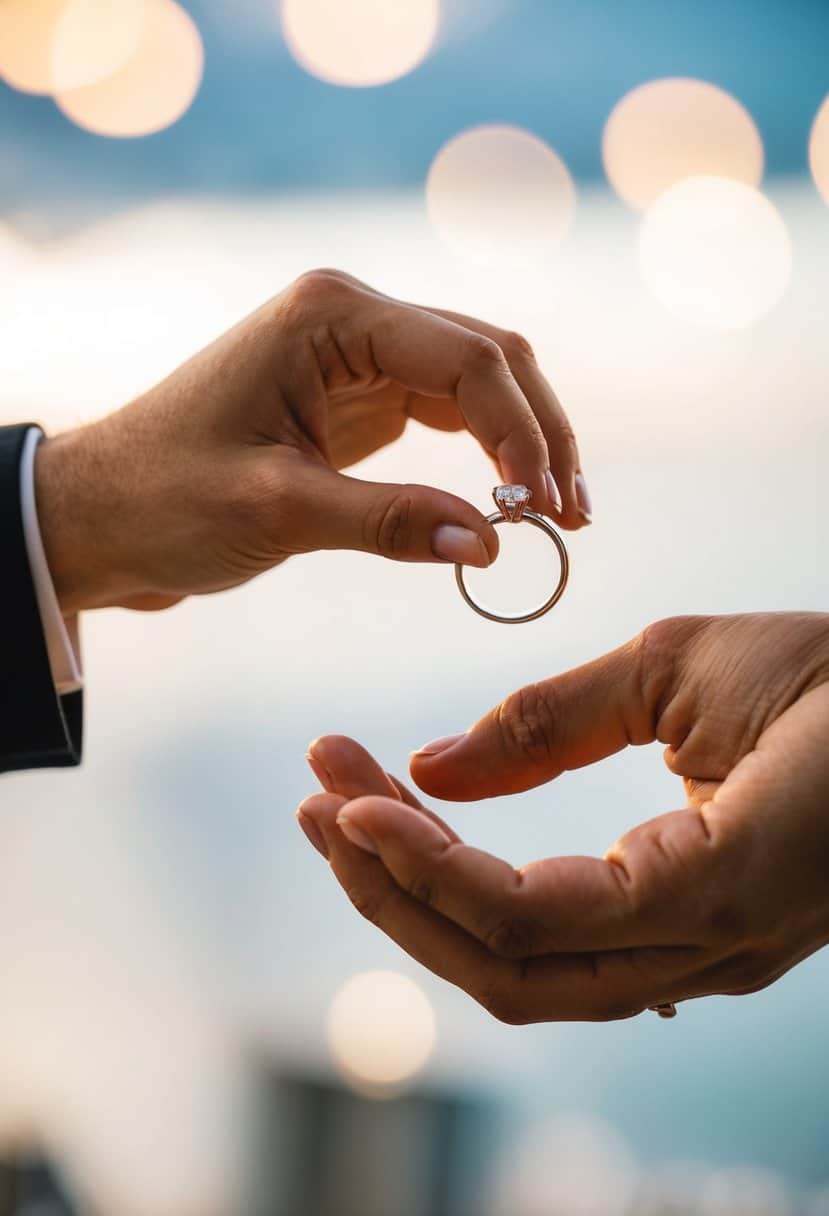
In a wedding ceremony, the ring exchange is a moment filled with symbolism and tradition. Understanding who places the ring first, the roles of the bridal party, and the officiant’s involvement can help the ceremony run smoothly.
Who Places the Ring First: Groom or Bride?
Traditionally, the groom often places the ring on the bride’s finger first during the wedding ring exchange. This act is rooted in historical customs and adds a sense of continuity to the ceremony. The bride typically wears her engagement ring on her right hand so the wedding band can be placed closest to her heart. However, personal preferences and cultural differences may influence this order.
Couples should decide together which order feels right for them. No strict rule dictates who should go first. The focus should be on the symbolism of the rings, representing promises and commitments. Discuss your options with each other to ensure both partners are comfortable with the decision.
Maid of Honor and Best Man Responsibilities
The maid of honor and best man play vital roles in the ring exchange. The best man usually holds the bride’s ring, while the maid of honor is responsible for the groom’s ring. This makes the exchange seamless and prevents any awkward moments during the ceremony.
Both should practice beforehand, ensuring they can smoothly retrieve and hand over the rings when it’s time. Their role is not only functional but symbolic, as they support the couple during this important moment. A little rehearsal can go a long way in ensuring everything goes as planned.
Involvement of the Officiant
The officiant often guides the couple through the ring exchange, providing cues and maintaining the flow of the ceremony. They might say a few words about the significance of the rings before asking you to exchange them. The officiant’s role is to ensure that the exchange is meaningful and aligns with the couple’s wishes.
Discuss your preferences with the officiant before the big day. This includes any specific wording or traditions you’d like to incorporate. Their experience can help customize your ceremony, making it unique and memorable for you and your guests. Make sure to communicate clearly so everyone knows what to expect.
Personalization and Flexibility in Modern Weddings
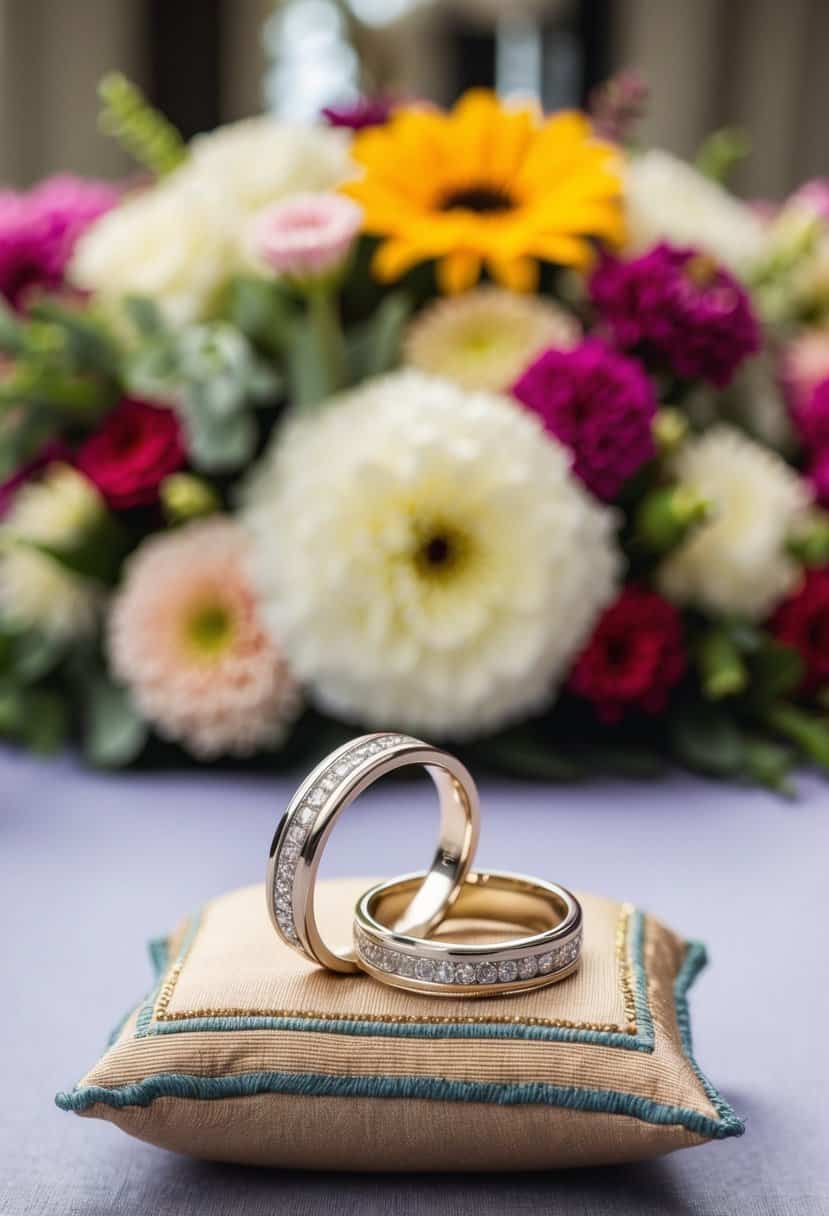
Modern weddings offer couples the chance to tailor their ceremonies to reflect their own love and commitment. Many choose to personalize their ring exchange by adding unique wording or arranging the ceremony in a way that speaks to their individual journey.
Tailoring the Ring Exchange to Reflect the Couple
Weddings today often move away from tradition, allowing you to decide how the ring exchange takes place. You might choose a different order for exchanging rings, or even opt to exchange both engagement rings and wedding bands during the ceremony. This flexibility lets you create a special moment that reflects your shared values and commitment.
Personalizing the order or method of the exchange allows the ceremony to be more meaningful. Sometimes, couples might exchange rings at a unique location or incorporate cultural elements. You could choose a family member or friend to be involved in the exchange, adding an intimate touch. Exploring various ideas can help you find a practice that feels just right for your relationship.
Examples of Personalized Ring Exchange Wording
Crafting the words spoken during your ring exchange lets you infuse your vows with personal meaning. Consider writing your own vows or including favorite quotes or poetry that reflect your relationship. This makes the exchange more intimate and full of sentiment.
Some couples might include promises or statements that are unique to their journey together. For instance, mentioning shared dreams or commitments to support each other. You might even choose to say something about the significance of the rings themselves, linking them to your love story. Letting your creativity flow can make these words an unforgettable part of your wedding.
Final Considerations Before the Big Day
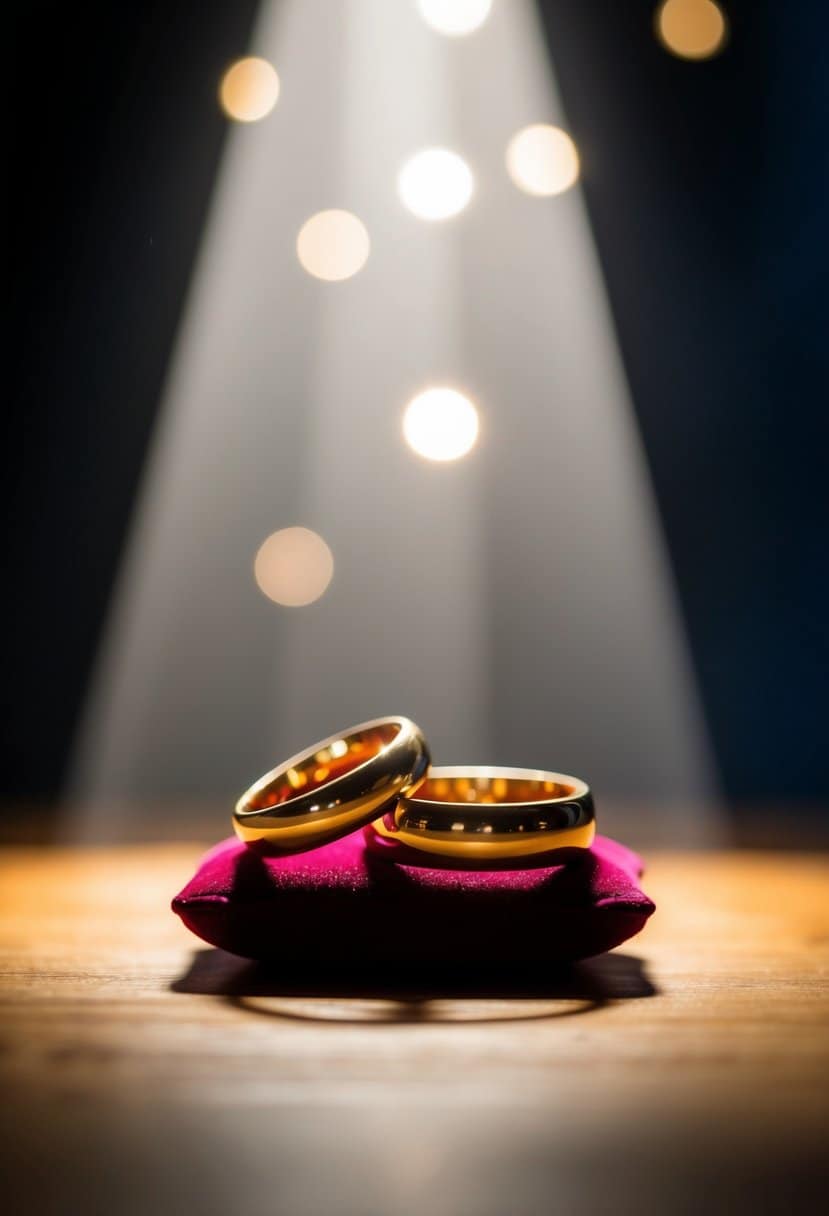
Preparing for a wedding is filled with important details. Key aspects include planning a wedding rehearsal, choosing durable rings, and understanding the symbolism behind the ceremony. Each plays a crucial role in making the day special.
The Importance of Wedding Rehearsals
A wedding rehearsal helps ensure everything runs smoothly on your big day. You, your partner, and the wedding party can practice walking down the aisle, exchanging vows, and performing a simultaneous ring exchange.
This rehearsal reduces stress, allowing you to focus on the moment rather than logistics. It’s also a great opportunity to make sure everyone knows their role, from the flower girl to the officiant.
Practicing the symbolic gestures will make the ceremony feel more natural. You’ll appreciate how this preparation helps you enjoy your wedding without worrying about the details.
Selecting Durable Rings for Longevity
Choosing wedding rings involves more than picking something that looks nice. Think about the metal—options like gold, platinum, and titanium are popular because they are durable and stand the test of time.
Selecting rings made of precious metals ensures they last as long as your eternal love. Consider your lifestyle when choosing the style and metal. If you’re active, opt for rings that resist scratches and damage.
Longevity matters as these rings symbolize your eternal bond. Make sure they fit comfortably and suit your personal taste, as you’ll wear them daily.
Last Thoughts on Symbolism and Meaning
Exchanging rings is not just a tradition; it’s a symbolic gesture that represents eternal love and commitment. This exchange signifies an unending bond between you and your partner during the ceremony.
Discuss with your partner who will put on the ring first during the ceremony. This can add personal meaning to your vows.
Understanding these customs’ meaning enhances the emotional depth of your ceremony. Recognizing their importance makes the exchange unique and adds personal significance to your wedding day.


